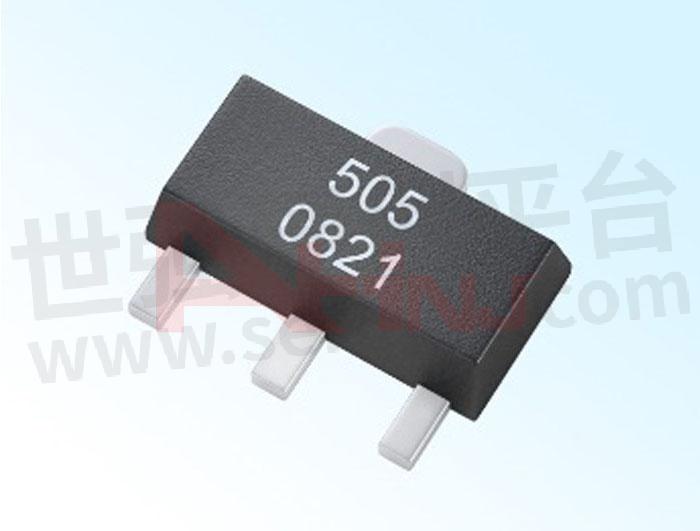The Working Principle Of Linear Hall Sensor

A Linear Hall Sensor converts a mechanical displacement through a potentiometer element into a resistive or voltage output that is linear or arbitrary as a function of it. Both ordinary linear potentiometers and circular potentiometers can be used as linear displacement and angular displacement sensors, respectively. However, a potentiometer designed to achieve the purpose of measuring displacement requires a certain relationship between the change in displacement and the change in resistance. The movable brush of the Linear Sensor is connected to the object to be measured.

Hall Sensor Manufacturer tells you The displacement of the object causes a change in the resistance of the mobile end of the potentiometer. The amount of change in the resistance reflects the magnitude of the displacement, and the increase or decrease in the resistance indicates the direction of the displacement. A power supply voltage is typically applied to the potentiometer to convert the change in resistance to a voltage output. If such a displacement sensor is used as a displacement feedback element in a servo system, an excessive step voltage will cause the system to oscillate. Another major drawback of potentiometer sensors is their tendency to wear. Its advantages are simple structure, large output signal, convenient use, and low price.
- +1 Like
- Add to Favorites
Recommend
- Main Characteristics of Linear Hall Sensor
- How to Choose The Linear Hall Sensor?
- The Future Development Trend of Hall Sensor
- The Role of The Hall Sensor
- What Should You Know About Hall Effect Sensors?
- Hall Effect Sensors- Which Is Best for Your Design?
- Crocus Technology’s CT100 1D Linear Sensor Contactless TMR Field Sensor with Differential Outputs
- SLKOR Hall Sensor SL1619SH: The Extensive Application of Multifunctional Hall Sensors in Modern Life
This document is provided by Sekorm Platform for VIP exclusive service. The copyright is owned by Sekorm. Without authorization, any medias, websites or individual are not allowed to reprint. When authorizing the reprint, the link of www.sekorm.com must be indicated.





























































































































































































































































































































































































































































































































































































































































































































































































































































































